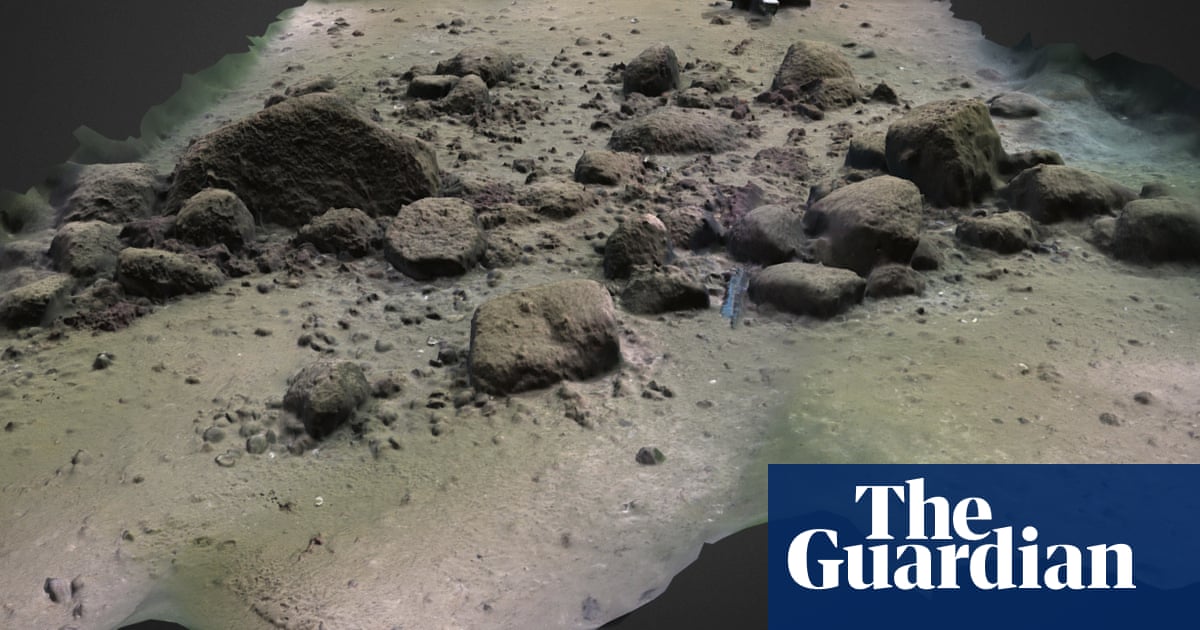A stone age wall discovered beneath the waves off Germany’s Baltic coast may be the oldest known megastructure built by humans in Europe, researchers say.
The wall, which stretches for nearly a kilometre along the seafloor in the Bay of Mecklenburg, was spotted by accident when scientists operated a multibeam sonar system from a research vessel on a student trip about 10km (six miles) offshore.
Closer inspection of the structure, named the Blinkerwall, revealed about 1,400 smaller stones that appear to have been positioned to connect nearly 300 larger boulders, many of which were too heavy for groups of humans to have moved.
The submerged wall, described as a “thrilling discovery”, is covered by 21 metres of water, but researchers believe it was constructed by hunter-gatherers on land next to a lake or marsh more than 10,000 years ago.
While the purpose of the wall is hard to prove, scientists suspect it served as a driving lane for hunters in pursuit of herds of reindeer.



The fact it‘s so submerged and likely wasn‘t found until recently suggests the water levels were much lower than today or even some thousands of years ago. Late ice age seems plausibles from that standpoint. Also 11700 years ago kind of qualifies as „more than 10000 years ago“ right?
Water levels were lower during the glacial periods because of all the water in those frozen glaciers. The brittish islands were connected to mainland Europe for example. So there really isn’t that much of a suggestion that sea levels were lower, established science that.
The original commentator probably got dates (or zeroes) mixed up. More than ten thousand years ago definitely doesn’t put anything on the other side of the last glacial period (one hundred and twenty thousand tears ago).
An interesting side note is that due to the sea level rise many of the first human settlements of the Americas are now well under water and possibly lost forever. This makes dating the human arrival very difficult as we only have later very much inland settlements to go by.